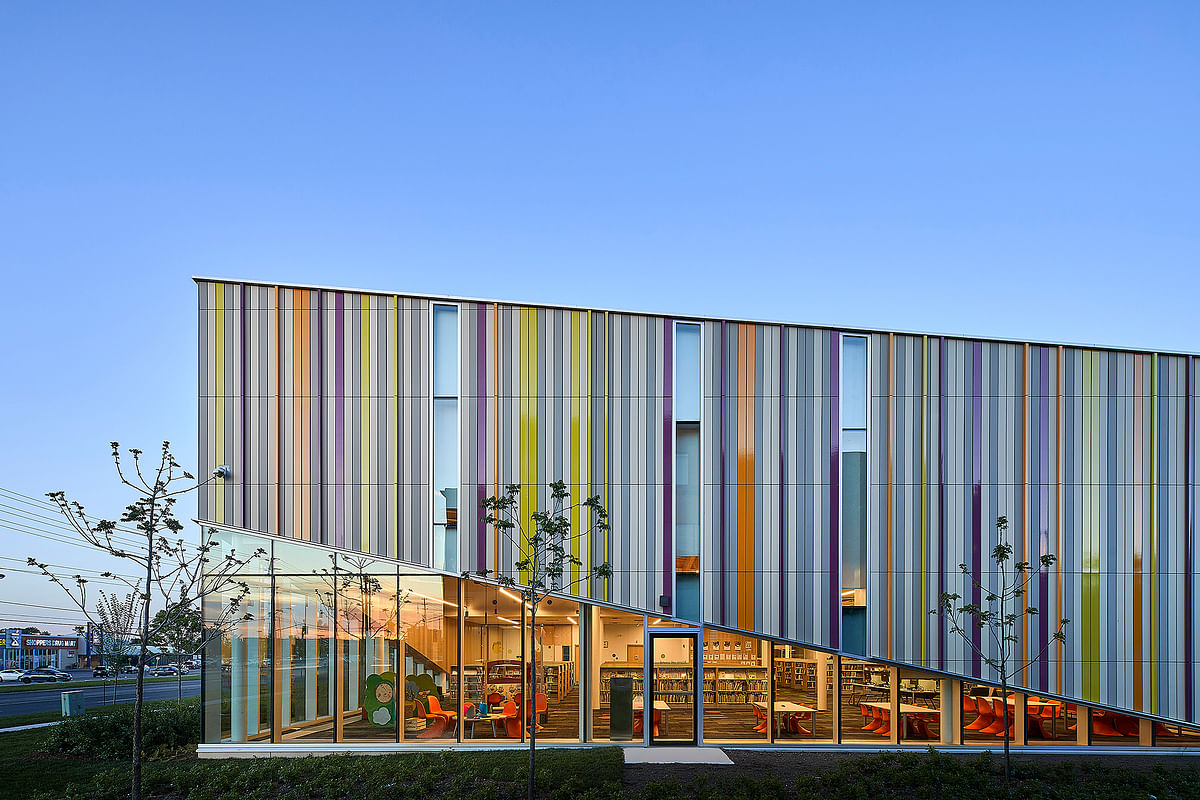
AIA COTE distinguishes the 2018 Top Ten Award projects
By Justine Testado|
Thursday, Apr 19, 2018
Related
It's already that time again when the AIA Committee on the Environment (COTE) announces their Top Ten Award-winning projects. Every year, COTE recognizes 10 design projects that integrate design excellence and performance in several key areas. To be eligible for the competition, submitted projects must align with COTE's rigorous criteria for 10 measures related to social, economic, and ecological values.
Some of this year's winning firms include Perkins+Will, Olson Kundig, Leddy Maytum Stacy Architects, and KieranTimberlake — whose Ortlieb's Bottling House won the 2018 Top Ten Plus award for exceptional post-occupancy performance data.
Check out the 2018 Top Ten recipients below.
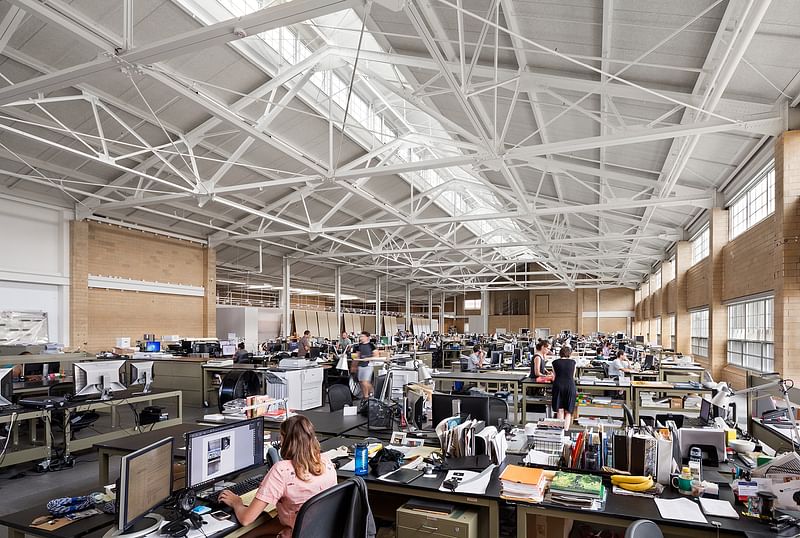
2018 Top Ten Plus award recipient: Ortlieb's Bottling House; Philadelphia | KieranTimberlake
Project summary: Faced with a growing firm and an increasing need for building and meeting space, Philadelphia-based architecture firm KieranTimberlake transformed a former beer bottling plant into a new studio and testing ground featuring a fabrication lab, model making shop, and breakout spaces. The firm took advantage of the mid-century building’s naturally ventilating form to create an energy-efficient retrofit that uses passive strategies such as daylight, thermal mass, and operable windows to reduce the building’s reliance on mechanical systems by 70 percent. By renovating the existing structure, the firm extended the building’s life cycle and preserved the historic character of a rapidly changing neighborhood.
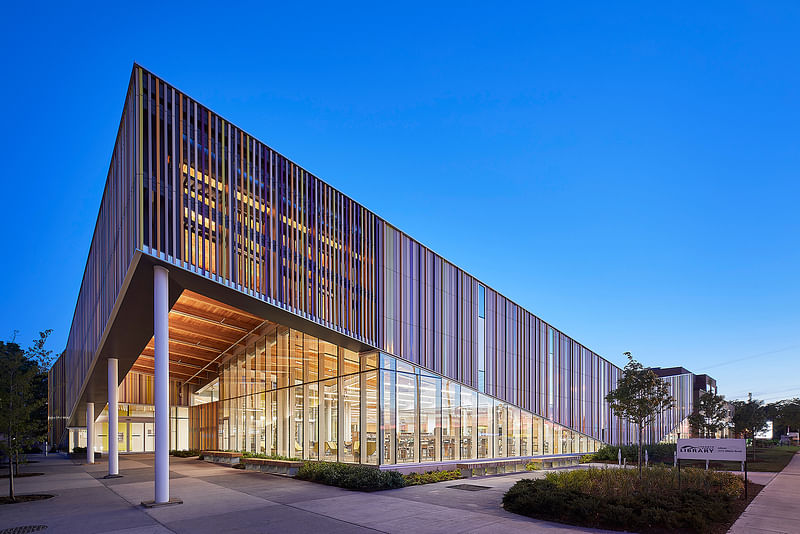
Albion District Library; Toronto, Ontario, Canada | Perkins+Will
Project summary: One of the busiest libraries in Toronto, the Albion District Library serves a broad range of services to a diverse demographic, including many recent immigrants. Extensive community consultation shaped the design in fundamental ways, including the decision not to renovate and expand an existing library building, which would require a closure of nearly two years. Instead, our team proposed building a new library on the adjacent parking lot site, allowing the existing library to remain open through construction. The importance of the library as a community hub inspired the central architectural concept of an enclosed garden.
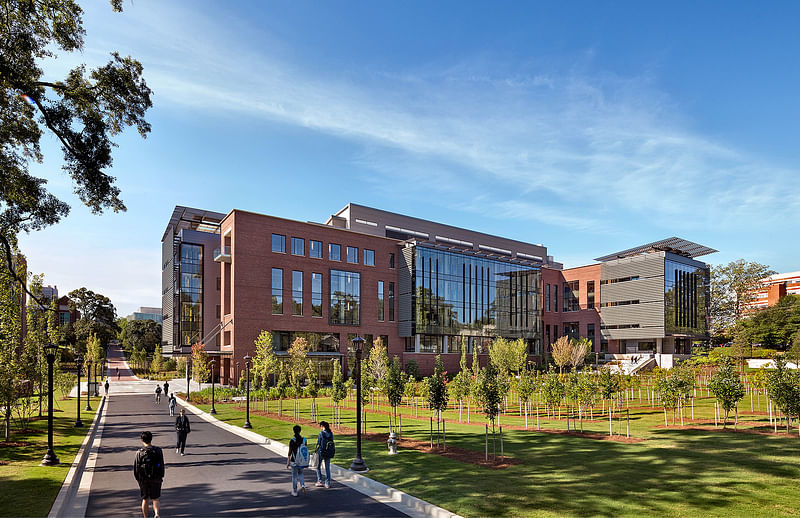
Georgia Tech Engineered Biosystems Building; Atlanta, Georgia | Lake|Flato
Project summary: Georgia Tech’s LEED Platinum Engineered Biosystems Building (EBB) is an innovative new model for research facilities. EBB challenges the silos of traditional laboratory design, creating a system of open lab neighborhoods that foster engagement. A departure from traditional lab structure, the “cross-cutting lab” implements continuous working lab space running down the spine of the building, with offices and meeting rooms in the wings. Daylight, outdoor views, a water harvesting system and other biophilic elements used throughout the program encourage interaction. Technology and intelligent design work together to create a multi-purpose open space with high levels of ecological performance.
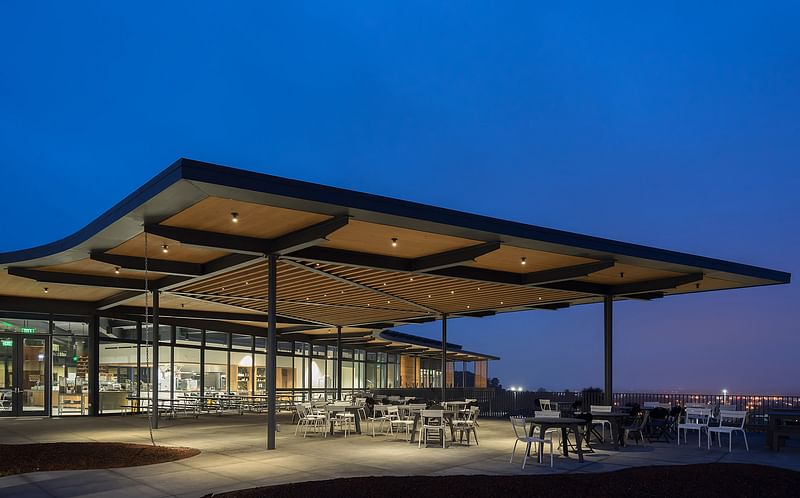
Sonoma Academy’s Janet Durgin Guild & Commons; Santa Rosa, California | WRNS Studio
Project summary: Embedded with maker/digital classrooms, productive gardens, offices and a full dining/kitchen, Sonoma Academy’s guiding principles of equity, community, and exploration inspired the Guild & Commons two sweeping floors, which stretch to views and integrate into the land. Sliding screens, automated shades, deep overhangs relay how the building responds to climate. Regionally sourced low carbon block, ceramic tiles, reclaimed beams, exterior and interior siding, pair with regionally made lamps and furniture to celebrate community. The living roof attracts pollinators, houses photovoltaics, and connects to tiered planters that filter greywater and stormwater for reuse. The project seeks LEED, ZNE, WELL, LBC certification. A place to be loud and not heard, a nook to reflect, a place that explains, expresses and transforms. Sonoma Academy created guiding principles that spoke to equity, community and exploration.
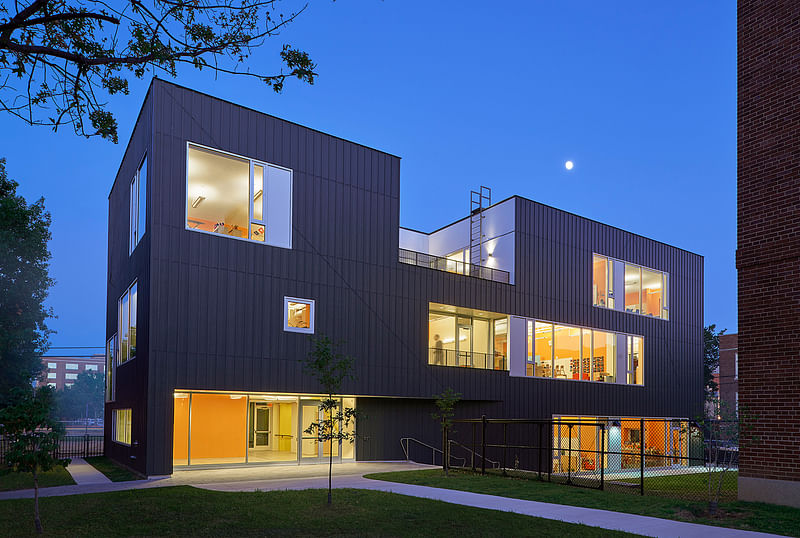
Mundo Verde at Cook Campus; Washington | Studio Twenty Seven Architecture
Project summary: Mundo Verde is a bilingual, sustainability-focused public charter school, and as such, its campus is a living framework for the curriculum. Through hands-on, real-world thematic units called expeditions, students explore complex sustainability issues. Material, system and resource efficiencies are measured and monitored; stormwater is captured and repurposed; indigenous plantings support migratory insects and birds; and nutrition and wellness are realized via a garden-to-plate-to-compost food education initiative. The school actively provides high-quality education to students PK3- 5th grade with families from all neighborhoods in the District of Columbia including some of the most under-served neighborhoods. The Mundo Verde project revitalized a derelict urban school site as a demonstration for green, sustainable practices, operations, and education. Goal: inspire each child to be a proactive leader in environmental change.
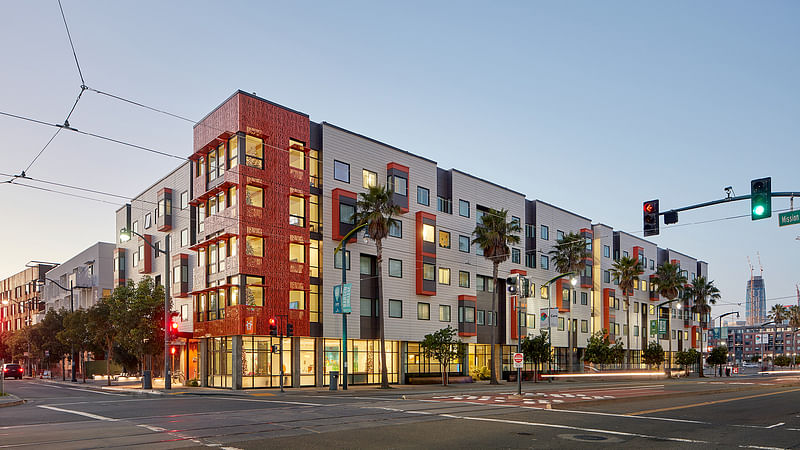
Nancy and Stephen Grand Family House; San Francisco | Leddy Maytum Stacy Architects
Project summary: Founded in 1981, Family House is a not-for-profit organization providing free temporary housing to families of seriously ill children receiving treatment at the University of California, San Francisco Benioff Children’s Hospital. The objectives for the new Family House in Mission Bay were to provide a comforting, healthy, and supportive environment for 80 families in a non-institutional, residential setting. Sustainable strategies focused on combining healthy and restorative living spaces for the families with resource and energy efficiencies critical to the on-going operations of the non-profit organization. The resulting design received a Platinum Level certification under the LEED for Homes program.
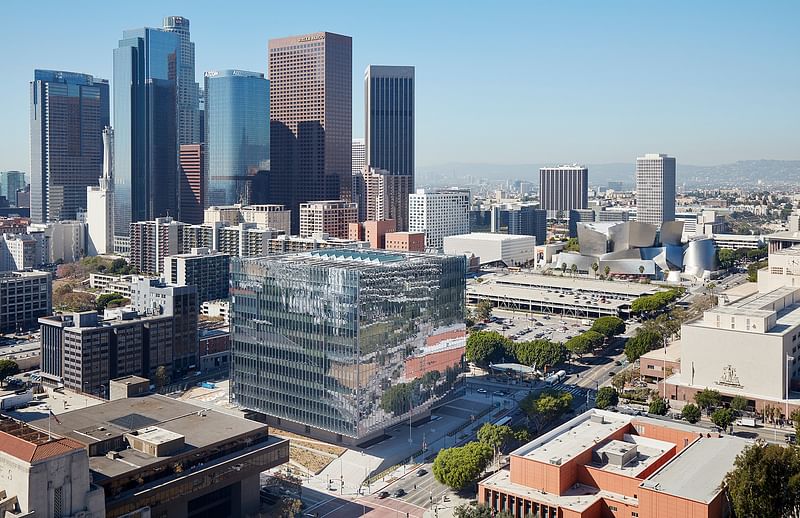
New United States Courthouse - Los Angeles; Los Angeles | Skidmore, Owings & Merrill LLP
Project summary: The New United States Courthouse in downtown Los Angeles is a 10-story, 633,000-square-foot building that contains 24 courtrooms and 32 judicial chambers. It houses the U.S. District Court of the Central District of California, accommodates the U.S. Marshals Service, and provides trial preparation space for the U.S. Attorney’s Office and Federal Public Defender. Sustainability was a driving factor in the courthouse design from the beginning. It achieved LEED® Platinum certification, meets the GSA’s 2020 energy objective, and incorporates sustainable design features including a rooftop photovoltaic array and pleated façade that reduces the building’s annual radiation and central plant loads.
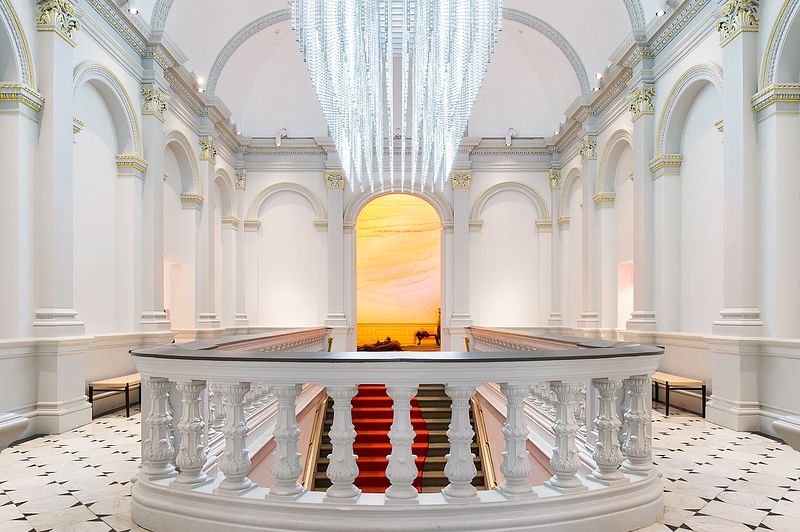
The Renwick Gallery of the Smithsonian American Art Museum; Washington | DLR Group
Project summary: The Renwick Gallery of the Smithsonian American Art Museum was the first purpose-built art museum in the country, built in 1859 to the design of architect James Renwick, Jr. and was last renovated between 1967 and 1972. The 21st century renovation replaced and improved major building infrastructure, enhanced historic features, and improved flexibility for exhibits. The project included restoration of two long-concealed vaulted ceilings; re-creation of the original 19th-century window configuration; replacement of all building systems; and improvements for accessibility. The project achieved a 50 percent reduction in annual energy use, while welcoming more than 500,000 visitors and 180 million social media impressions in its first six months.

San Francisco Art Institute - Fort Mason Center Pier 2; San Francisco | Leddy Maytum Stacy Architects
Project summary: Located at the edge of San Francisco Bay, an historic U.S. Army warehouse at Fort Mason has been transformed into a new campus for the San Francisco Art Institute (SFAI), creating a dynamic new hub for expanded arts education and public engagement. This historic adaptive reuse preserves the industrial integrity of the landmark structure, supports the school’s pedagogical goals, and integrates advanced sustainable building systems. The project integrates student studios, public exhibition galleries, flexible teaching spaces, a black box theater, and a workshop/maker space, while supporting SFAI’s commitment to positioning artists at the center of public life.
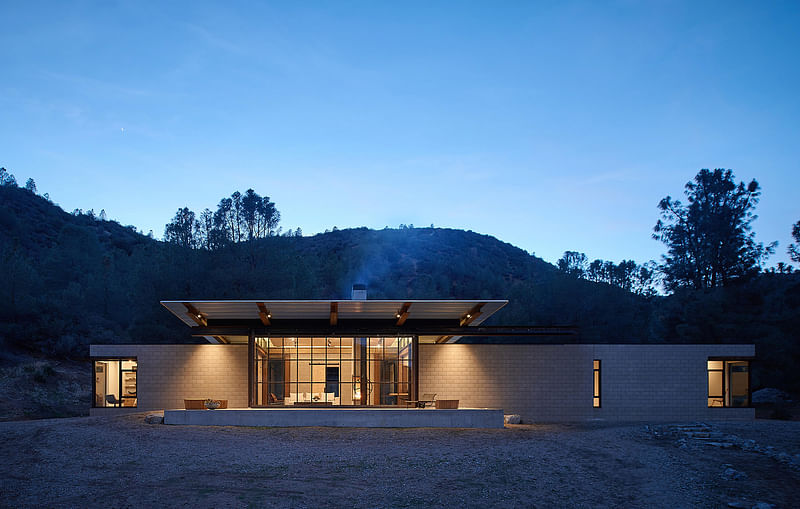
Sawmill; Tehachapi, California | Olson Kundig
Set in California’s harsh Mojave Desert, Sawmill offers a new model for the sustainable single-family home. The client brief called for a self-sufficient home that maximized connection between architecture and nature, and between family members inside. The 5,200 SF concrete block, steel and glass home is designed to stand up to the severe climate of the fire-prone Tehachapi Mountains. Demonstrating that high design can also be high performance, Sawmill is a net-zero home that operates completely off the grid.

RELATED NEWS Preserving family tradition with the Sawmill Canyon Retreat by Olson Kundig

RELATED NEWS 2017 AIA COTE Top Ten Green Projects revealed

RELATED NEWS Closer look at Chesapeake Bay Foundation's Brock Environmental Center, the 2017 AIA COTE Top Ten Plus honoree


Share
0 Comments
Comment as :